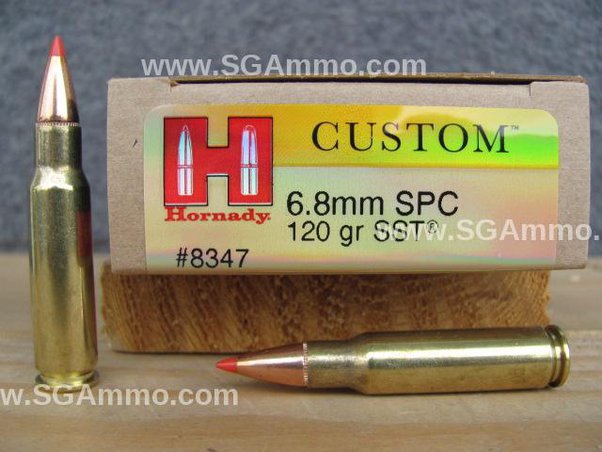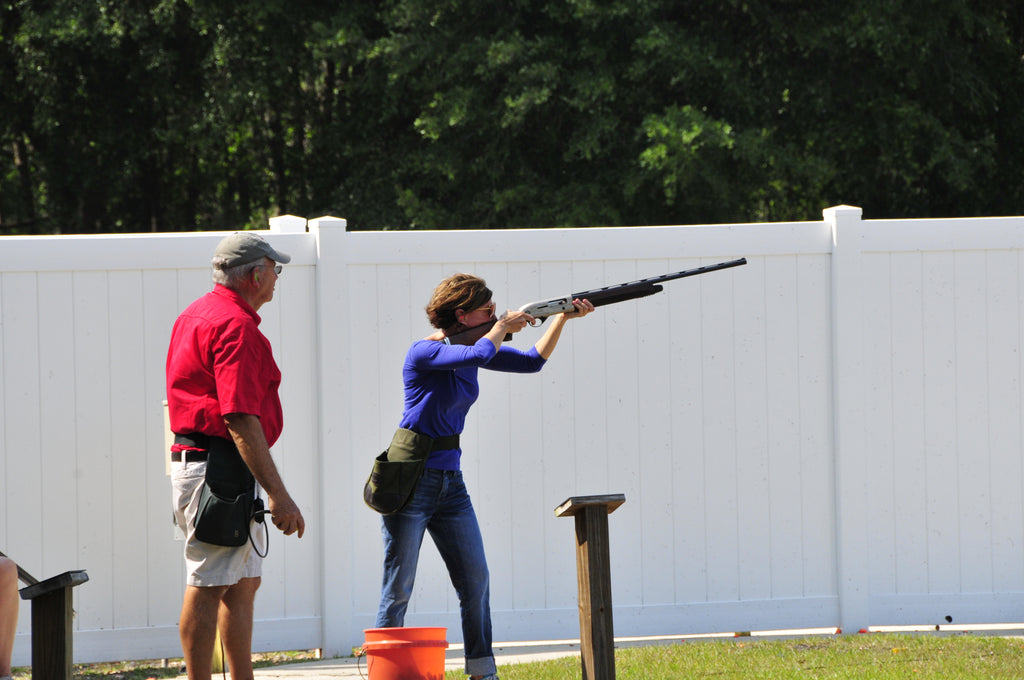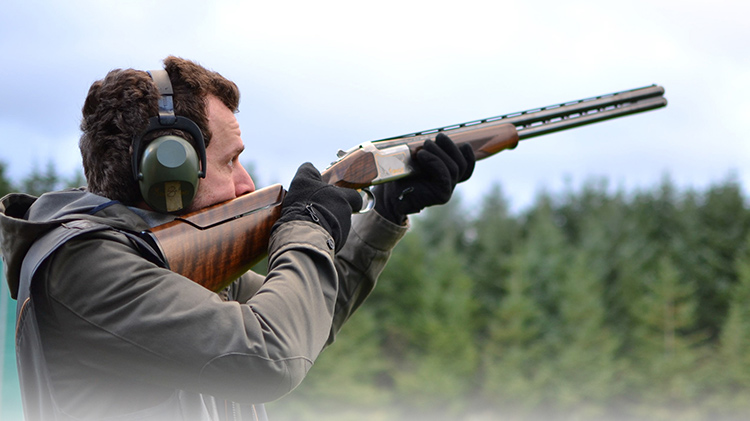
A 38 Special has many ammunition options. There are jacketed Hollowpoints, double-action, heavy trigger pulls, expansion and penetration. But before we get into those features, let's look at the different types of ammunition. What are the benefits and drawbacks of each type? These questions will be addressed in the following article. The article will let you know which type to get for your rifle.
Double action
The classic Colt snub-nose revolver is great for concealment. The stainless steel gun weighs 26 ounces and is lightweight. The 2-inch barrel is perfect for up-close self-defense. The gun's Stainless Steel coating and rubber hogue-overmolded handles make it easy in use. The gun can shoot +P round.
For smaller hands, the LCR is a great option. It weighs only 13.5 ounces and measures 6.5 inches. Ruger LCR's rubber grip is hogue. The barrel measures 1.87 inches in length and features a U-notch back sight and a ramped front view. This revolver is one of most versatile on the market. It comes with Crimson Trace laser grips as well as a Crimson Trace sight.

Heavy trigger pull
A.38 special snub nose revolver's double-action trigger pull exceeded the maximum spring-scale trigger pull. However, the average trigger pull for a single action was only four pounds. The revolvers have a high peak recoil force and can fire a cylinder of +P Golden Sabers. When the gun is used to rapid fire, it is more irritating because of its heavy trigger pull.
In a snubby revolver, a heavy trigger pull may cause difficulty while drawing the weapon. If your hand is small, a heavy trigger pull might be an issue. In such a case, a hammerless snub nose design might be the best option for you. This type is also available with concealed hammers as well as a smaller frame.
Expansion
A common problem with the.38 Special is overpenetration, and the Snub Nose Pro addresses this problem by utilizing a solid copper projectile with mechanical expansion below 1,000 feet per second. The solid copper bullet expands slower than a round bullet but it is extremely reliable and could be used as a backup load for. But before we get into this topic, let's briefly review some of the pros and cons of the 38 Special.
The standard pressure 148gr full wadcutter target cartridge does not expand. However, the sharp edge is powerful enough to penetrate tissue and kill an aggressor. The bullet is 148 grains in weight and has very little recoil. It makes it an excellent match for a 38 Special Snub Nose Pro. The Snub Nose Pro should not be used in a +P-rated firearm. The majority of modern concealed carry revolvers were rated for +P loads.

Penetration
Cast hollowpoint bullets, while not ideal for penetration of a snub nostril, are not recommended. Their.308 velocity is too low to cause tip deformation. They are a great choice for many purposes, including general-purpose, 4-inch-barrel 38 Special pistols. Here's the science behind their choice:
The tests proved that most.38 Special loads penetrated within the recommended twelve- to eighteen inch range. Most were however on the lower side of this range. Bullet expansion was also very poor. Twelve loads failed to expand when fired with a 4-inch barrel, while five failed to expand at all. While the extra velocity provided by a four-inch barrel improved some loads, the poor performers remained unimpressive.
FAQ
Where can you buy a gun What gun do I need?
For certain species of hunting, you will need a gun.
Most states require hunters to own a firearm. It depends on what game you intend to hunt and where you live.
A rifle, shotgun and handgun can be purchased at any sporting goods shop.
It is important to choose a weapon which suits your needs. If you plan to hunt small game, such as squirrels or rabbits, you might consider buying a pistol of.22 caliber.
Consider purchasing a larger caliber gun if your goal is to hunt large game like deer, elk or bears.
It is important to feel at ease with a firearm before you buy it. A gun can be a dangerous weapon. Never load it until you are ready.
A qualified gunsmith should inspect any gun you are considering buying. Ask the seller to show you how to load or unload the weapon.
Be sure to verify the manufacturer's warranty. Ask the dealer if they have a warranty.
Ask the dealer for a copy if their safety instructions. These documents should contain information on safe storage and maintenance.
Examine the serial number. If the serial number starts with "NIB", it means "New In Box," this indicates that the gun is brand-new.
If the serial number starts with an odd number, then the gun has been previously owned.
Contact the manufacturer if you're unsure if the gun was used. You should get more details from the manufacturer.
What are some of the benefits of hunting
Hunting is an ancient practice that many cultures across the globe have continued to do. Hunting was used to provide food, clothing, shelter and tools as well as medicine. Even today, hunters still hunt for sport but also food and recreation. Hunted meat is usually eaten right after it has been killed. Skin, fur, feathers and bones of hunted animals are often sold as trophies.
Hunting is not just a way to eat; it's a way to live.
Hunting is a sport that builds strong bonds between family members and friends. They share stories and experiences at campfires, and over meals.
Hunters enjoy nature and wildlife, which helps them appreciate life on Earth.
When they take care and look after the game animals, they develop responsibility and respect.
Conservation is a way for hunters to become better citizens. They are responsible for protecting habitats and species. They are aware of how much land and water is needed to survive.
Hunters form part of a wider community. Their families depend on them. They work together. They support local businesses.
Hunters can also give back. Many donate money to organizations that help children, elderly people, veterans, and other groups.
Hunters can also donate their time to help people in need. They could volunteer with the Red Cross, Humane Society or Humane Society.
How popular is hunting America?
Hunting is a American pastime. Americans spend $8 billion annually on hunting equipment and supplies. The average hunter spends around $1,000 per year.
Hunting is a great sport that many people enjoy. It is estimated that there are nearly 50 million hunters in the United States. This includes both men, and women.
Hunters are from all walks of the life. These hunters can range in age from children to seniors. Some hunters have been doing this for years, while others only recently started.
People choose hunting because they like spending time outdoors. Many hunters feel that this is a great way to connect with nature and experience what it feels like to be free.
Hunting is also a social activity. Hunters often go hunting together as a group. Sometimes these groups include family members, friends, co-workers, etc.
Hunting has become a competitive sport. Hunting has become a competitive activity where people compete against other hunters to see who can shoot the different kinds of animals.
Hunting teams compete to set the record for largest deer kill. These records are typically set by professional hunters.
What kind of training should I get to hunt? What is the average time it takes?
You must take a basic course to learn how to hunt. This course teaches you about different types of game and gives you information about the laws surrounding hunting.
You will learn how to properly handle firearms and ammunition. These items will be safely used.
This course lasts anywhere from two weeks to three months. Some courses can only be taken online. Others are taught in person.
To qualify for a license, you must pass a written test. You might also need to prove that you have successfully completed a hunter education program.
What is the cost of getting licensed? What if there isn't enough money?
The cost of licensing varies by state. It costs anywhere from $20 up to more than $100.
You may be eligible for a loan, grant or other financial assistance if you don't have enough cash.
You will also need to pay a tag. You can choose the type of game that you want to hunt and how much it will cost. Tag prices vary.
Tags are available to deer, elks and bears as well waterfowl, upland bird, and furbearers (like foxes).
Some states require you register at the Department of Natural Resources before applying for a license.
Before you begin hunting, check local regulations to ensure you are following all rules and requirements.
Statistics
- Licenses dropped from a peak of roughly 17 million in the 1980s to 15 million in 2019, according to The Seattle Times. (stacker.com)
- Thanks to the 1937 Pittman-Robertson Act, an 11% excise tax was placed on the sale of firearms, which were then used for conservation. (stacker.com)
- - Percent of residents with paid hunting licenses: 0.7%- (stacker.com)
- - Percent of residents with paid hunting licenses: 0.7%- (stacker.com)
External Links
How To
How to choose the Best Deer Rifle
Your hunting style, budget and weather conditions all play a role in choosing the right firearm. The most important aspect is the type and species of game you are hunting. A scope will be necessary if you want to hunt whitetails. If you don’t want to carry a case, you can either use a bolt action rifle or opt for a semiautomatic rifle. There are several types of rifles available in the market. Many people prefer the feel and control of a lever-action rifle, while others prefer a more modern pump-action model. It is up to you which one you would like to buy. Before you buy a model, however, there are several things to keep in mind.
First, determine what kind of game your goal is to hunt. You want to hunt small game, such as squirrels, or large animals like deer. You may need to choose a different weapon depending upon the size of the animal that you are hunting. For example, if hunting deer is your goal, then you should consider a.308-caliber rifle. This rifle will enable you to kill larger animals than those with a.223 calibre rifle. Another thing to keep in mind when selecting a rifle is its price. A good quality rifle will cost much less than a cheap one. You should also ensure that the rifle is compatible to the ammunition you are going to use. In addition, make sure that the barrel length is sufficient enough so that you can hit the target from far away.
The type of terrain in which you will hunt is another important consideration. Will you hunt in forests or open fields, or both? If you intend to hunt in open spaces, you should consider a long-range rifle. If you're hunting near trees, you can use a shorter range rifle. It is important to be familiar with the terrain where you will hunt.
You must also ensure that you check the rifle's condition before buying it. Make sure that the rifle is well maintained. Check whether the trigger works properly. Inspect the trigger for signs or corrosion. Check the rifle's stock and finish. To test the accuracy of the rifle's shooting, fire it up. All these steps will help you determine whether the rifle is suitable for you.